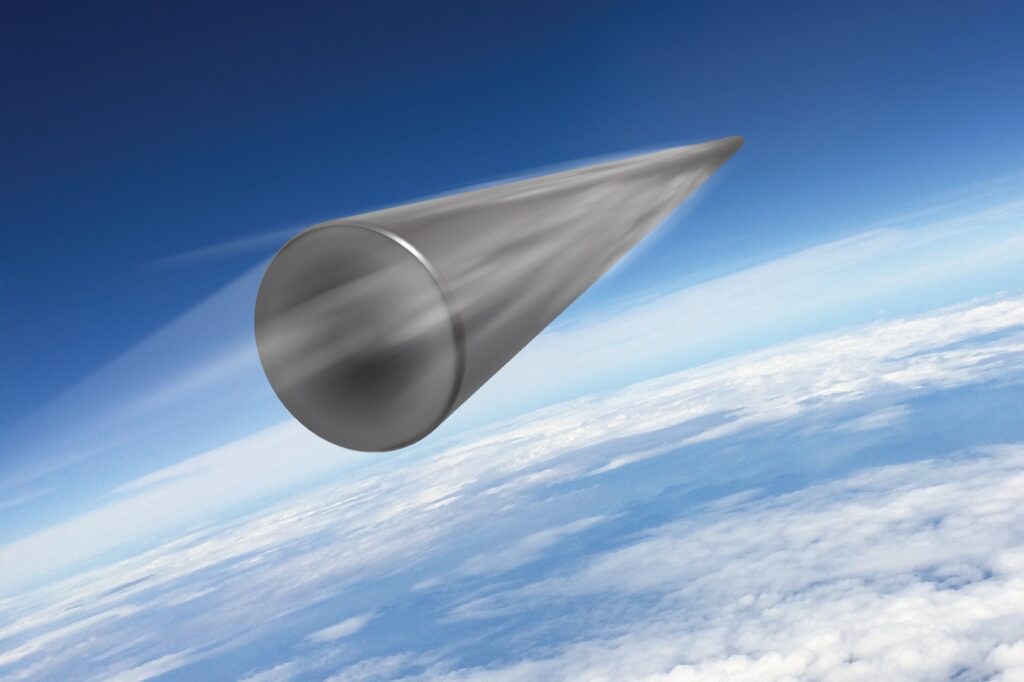The United States Air Force (USAF) and Lockheed Martin successfully conducted a planned flight test of the unarmed, developmental Mk21A reentry vehicle aboard a Minotaur I rocket in the Pacific Ocean on June 17, 2024.
The test, launched from Vandenberg Space Force Base in California, evaluated Lockheed Martin’s Mk21A design components and technologies.
“This progress is built on a strong foundation—Lockheed Martin’s 65-plus years of demonstrated exceptional performance in reentry technologies and a pioneering digital engineering approach on this program from its beginning,” said Jay Watson, Vice President of Strategic Reentry at Lockheed Martin.
The United States Space Force Space Launch Delta 30 explained that the Minotaur launch vehicles, utilizing Peacekeeper and Minuteman rocket motors provided by the US government, are integrated by Northrop Grumman with advanced avionics and subsystems for missile testing.
“Test launches like these are crucial for protecting our nation’s defense,” stated Colonel Mark Shoemaker, commander of Space Launch Delta 30. “As global threats evolve, it’s essential to support these launches and maintain access to space to safeguard our nation.”
Since 2019, Northrop Grumman, Lockheed Martin, and the USAF have collaborated on the development of a replacement for the LGM-30 Minuteman, the land-based part of the US nuclear deterrence triad, which has been operational for more than 50 years.
The upcoming LGM-35A Sentinel ICBM, which comprises the Mk21A reentry vehicle and the W87-1 nuclear warhead, is anticipated to be in use by 2030. The USAF is seeking to acquire over 600 Sentinel missiles to substitute the Minuteman III ICBM.

